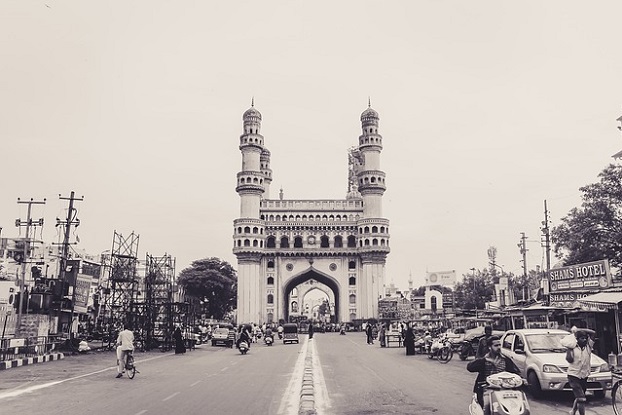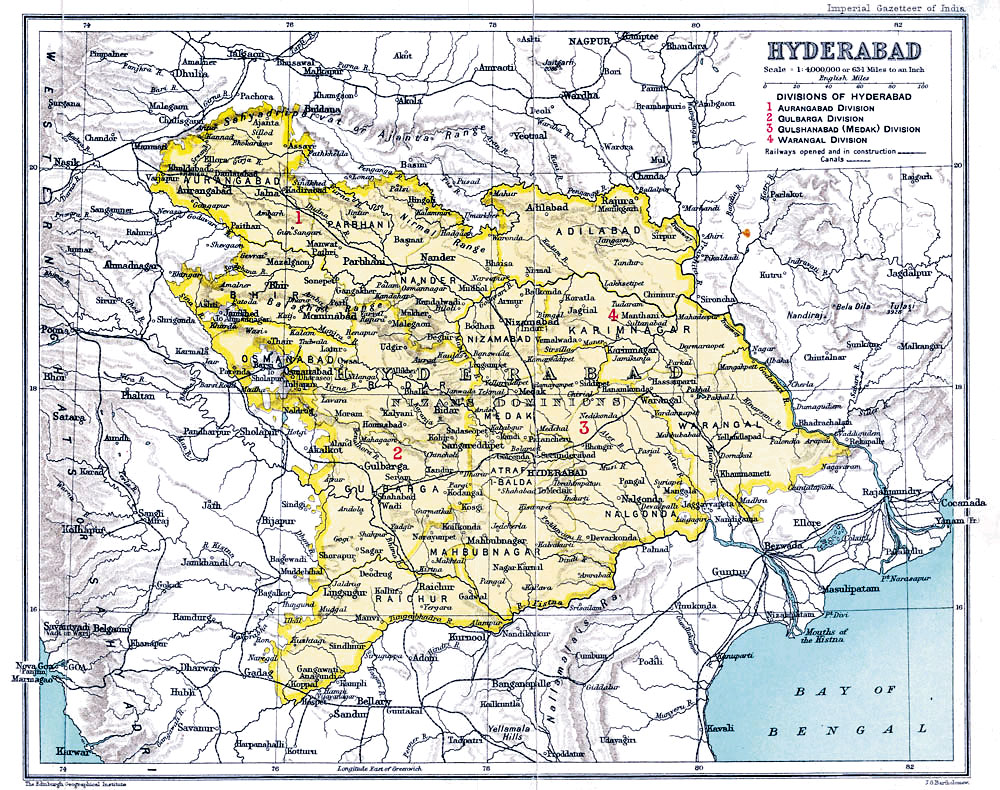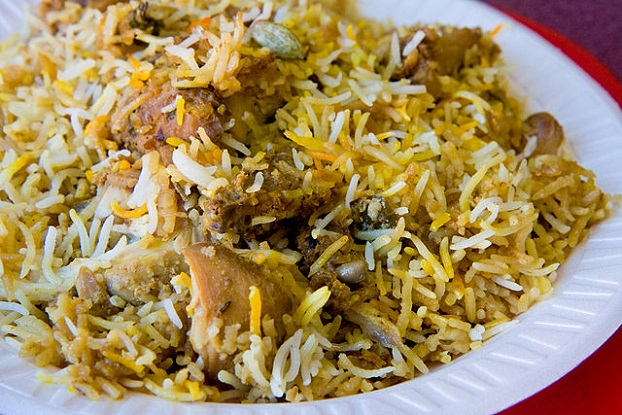
It recently came to my attention that people might not know what Hyderabad is.
In my first short story to be published, I decided to make the protagonist a Hyderabadi Muslim girl, not unlike myself. I was asked to consider changing the characters’ origin to a more well-known Indian city like Delhi or Mumbai. But I just couldn’t do it. To me, being South Asian means being Hyderabadi. As I’ve gotten older, I’m more than okay with that.
“To me, being South Asian means being Hyderabadi.”
But I wasn’t always this way. There was a time when I wouldn’t want anyone to know I’m Hyderabadi. Today, however, being married to a non-Hyderabadi (my husband’s family is from Lahore, Pakistan), displaced from my Hyderabadi roots, whenever I chance upon a fellow Hydro I latch onto them like life support. Because, in many ways, they are.
It was only after I got married and moved away from home that I realized just how much of Hyderabad lives within me. When you’re surrounded by fellow Hyderabadis, you don’t notice it. You can even ignore it. But when it’s been months since you’ve eaten khatti daal, you begin to feel lonely in a way you’ve never felt before. It doesn’t matter if you don’t even like khatti daal. Something is missing. You can feel it.
Unlike my teenage-self, my married-self relishes her Hyderabadiness at every opportunity. But some of you might not know what that means. What follows is an insider’s guide to the city I have never lived in and frankly never want to live in, yet still, strangely enough, consider home.

Let’s start from the beginning!
Hyderabad is a city located in central India. I like to say ‘south central,’ because everyone knows South Indians > North Indians (North Indians, I still love you). Superstar Rajinikanth is all the proof you’ll ever need.
Hyderabad is known as the “City of Pearls,” despite being completely landlocked (Tank Bund or Hussain Sagar is a man-made lake), because we are prized for our jewelry-making skills.
You’d think this bride was going for the whole retro look, but no; it’s a requirement for Hyderabadi brides to be decked in jewelry that weighs twice as much as they do. Fun Fact: Did you know that the Kohinoor Diamond that sits on the Queen of England’s crown was stolen by the Brits from Golconda Fort, situated in… well, close enough to Hyderabad? Damn right!
“Don’t believe it when some other South Asian says that the biryani from their region is the best.”
But I don’t care for jewelry. What Hyderabad is perhaps best known for is our food, particularly Hyderabadi Biryani. Don’t believe it when some other South Asian says that the biryani from their region is the best. They’re lying. Unfortunately, most Indian restaurants in North America feature either North Indian food or, if you’re lucky, South Indian — but never Hyderabadi. You have to personally know a Hyderabadi if you want authentic Hyderabadi food. If you don’t, well, sucks to be you.
Hyderabadi Biryani is so good, it’s the only non-dessert item I have cravings for on a regular basis. When my mom says she’ll freeze some biryani for me, I just can’t get myself to say “No.” I know it’ll be months until I get that stuff in my hands and down my mouth, but just the thought of eating good biryani makes me happy.

My husband and I went to this one place in Indiana that marketed itself as serving Hyderabadi Biryani, but within a second inside the restaurant I knew I was being lied to. My husband thought I was being unnecessarily skeptical. But I was right! If you ever see Butter Chicken in close sight, you’re being duped. Hyderabadis do not eat Butter Chicken.
Sure, our food is great, but what are Hyderabadis like? Ask a Hyderabadi and he/she will say they are the nicest, most hospitable people you will ever meet. Ask a non-Hyderabadi South Asian, and they’ll tell you they’re super traditional and clannish. Both are true.
Hyderabadis are proud people and rightly so. I think we’re the only Indian city that can claim independence during the time of the British Raj. Sure, the Princes of Hyderabad — The Nizams — most likely made a deal with the Brits. But that part seems to have been erased from our collective memories.
To me, what distinguishes Hyderabadis from other South Asians is our distinctive way of speaking. If you can get past our paan-stained teeth, you’ll fall in love with the utter poetry of our words. Real Hyderabadis speak a dialect of Urdu known as Dakhini.
“To me, what distinguishes Hyderabadis from other South Asians is our distinctive way of speaking.”
Urdu-speakers from other regions like to disparage Hyderabadi Urdu for being a bastardization of what they deem real or asli Urdu, but I say: language is fluid. We all don’t speak the same kind of English, do we? Also, they’re jealous
This clip from Gumnaam (1965) with actor Mehmood visualizes some of the stereotypes of Hyderabadis. But (most) Hyderabadis don’t mind this lampooning; we love to laugh at ourselves. In fact, nothing pleases us more than watching videos on YouTube that remind us how awesome we are.
One way to tell if you’re speaking to a Hyderabadi is if he/she adds the suffix -koo to common words, like “Nakoo,” which is an emphatic way of saying “No,” and “Kaikoo,” which can be translated to “What the hell are you talking about, foo?” We like to add -koo to many words that don’t grammatically need them. Why? Because we’re Hyderabadi!
I hope I answered some of your questions that you never had until now. I fear that I most likely have left more people mystified than informed, but that’s okay. As my husband has come to learn, you’ll never stop being amazed by us Hyderabadis. As I like to say, “Once you go Hydro, you’ll be wishing you had said, ‘Nakoo,’ but by then it will have been too late!”
Okay, I’ve never said that before. But I thought it would make a good ending.
* * *
Born to Hyderabadi-Indian parents in Toronto, Canada, Rafia Khader is a writer, blogger, and interfaith advocate who currently lives in Indianapolis. She has a master’s degree in religious studies from the University of Chicago, but she spends most of her time writing about her feelings (when she’s not busy eating them!) and has a short story published at Blue Minaret. Find her reflections on life at her blog Cake & Cows, where the original version of this essay appeared.












